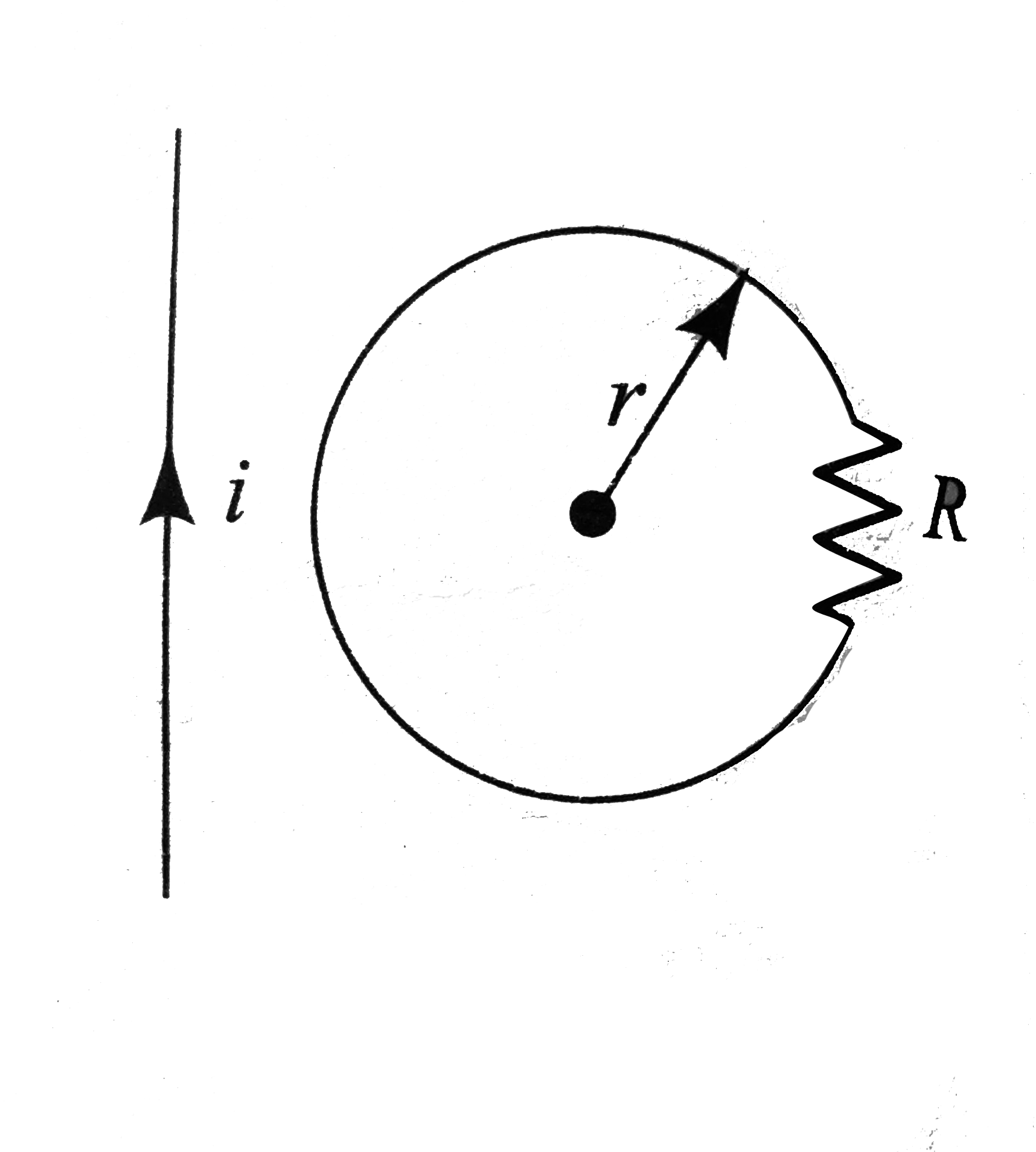In an inductor of self-inductance L=2 mH, current changes with time according to relation i=t2e−t. At what time emf is zero ?
4s
3s
2s
1s
The correct Answer is:C
To solve the problem, we need to find the time at which the induced electromotive force (emf) in an inductor becomes zero. The formula for induced emf in an inductor is given by:
emf=−Ldidt
where L is the self-inductance and i is the current.
Step 1: Identify the given values
- Self-inductance L=2mH=2×10−3H
- Current i(t)=t2e−t
Step 2: Differentiate the current with respect to time
To find didt, we need to differentiate i(t):
i(t)=t2e−t
Using the product rule for differentiation:
didt=ddt(t2)⋅e−t+t2⋅ddt(e−t)
Calculating each part:
1. ddt(t2)=2t
2. ddt(e−t)=−e−t
Putting it together:
didt=2te−t+t2(−e−t)=2te−t−t2e−t
Factoring out e−t:
didt=e−t(2t−t2)
Step 3: Substitute didt into the emf equation
Now substituting didt into the emf equation:
emf=−Ldidt=−2×10−3e−t(2t−t2)
Step 4: Set the emf to zero
To find when the emf is zero, we set the equation to zero:
−2×10−3e−t(2t−t2)=0
Since e−t is never zero for any real t, we can simplify to:
2t−t2=0
Step 5: Factor the equation
Factoring gives:
t(2−t)=0
This gives us two solutions:
1. t=0
2. t=2
Step 6: Identify the time when emf is zero
The time at which the emf is zero (other than the trivial solution t=0) is:
t=2seconds
Final Answer
The time at which the emf is zero is t=2seconds.
---
- Self-inductance L=2mH=2×10−3H
- Current i(t)=t2e−t
To find didt, we need to differentiate i(t):
2. ddt(e−t)=−e−t
Now substituting didt into the emf equation:
To find when the emf is zero, we set the equation to zero:
Factoring gives:
2. t=2
The time at which the emf is zero (other than the trivial solution t=0) is:
The time at which the emf is zero is t=2seconds.
Topper's Solved these Questions
- ELECTROMAGNETIC INDUCTIONBOOK - NCERT FINGERTPS ENGLISHCHAPTER - ELECTROMAGNETIC INDUCTIONEXERCISE - EXEMPLAR PROBLEMS
3 Videos
- ELECTROMAGNETIC INDUCTIONBOOK - NCERT FINGERTPS ENGLISHCHAPTER - ELECTROMAGNETIC INDUCTIONEXERCISE - ASSERTION AND REASON
15 Videos
- ELECTRIC CHARGES AND FIELDSBOOK - NCERT FINGERTPS ENGLISHCHAPTER - ELECTRIC CHARGES AND FIELDSEXERCISE - Assertion And Reason
15 Videos
- ELECTROMAGNETIC WAVESBOOK - NCERT FINGERTPS ENGLISHCHAPTER - ELECTROMAGNETIC WAVESEXERCISE - Assertion And Reason
15 Videos
Similar Questions
Knowledge Check
The energy stored in an inductor of self-inductance L henry carrying a current of I ampere is
A12L2IB12LI2CLI2DL2I
In an inductor of inductance L=100mH, a current of I=10A is flowing. The energy stored in the inductor is
View SolutionIn an inductor of inductance L=100mH, a current of I=10A is flowing. The energy stored in the inductor is
View SolutionThe inductors of self inductance L1 and L2 are put in series .
View SolutionThe energy stored in an inductor of self-inductance L henry carrying a current of I ampere is
View SolutionIn a certain circuit current changes with time according to i=2√t RMS value of current between t=2s to t=4s will be
View SolutionIn a cirtain circuit current changes with time according to i=√t. Average value of current betweent=1 to t=2s is about to
View SolutionIn Fig, the mutual inductance of a coil and a very long straight wire is M, coil has resistance R and self-inductance L. The current in the wire varies according to the law I=at, where a is a constant and t is the time, the time dependence of current in the coil is

View Solution
